Hodgenville, Kentucky is where Lincoln was born, though the town seems forgotten by all by die-hard Lincolnophiles (call it a guilty pleasure). As I wrote in my book, Lincoln: The Man Who Saved America:
When Nancy was heavily pregnant with Abraham, Thomas moved to Sinking Spring Farm, a 300-acre tract near Hodgenville, Kentucky, named after a spring bubbling up from a sunken cave. He quickly erected a one-room log cabin, barely in time for Abraham’s birth on February 12, 1809. The Lincoln family likely believed this would be an ideal location to raise their growing family, as it had plenty of acreage and was only a few miles from Nancy’s aunt and uncle, Elizabeth and Thomas Sparrow.
Within two years, however, the Lincolns were on the move again. While initially idyllic, Sinking Spring turned out to be poor farmland and subject to a legal dispute over the title. After losing his land and his investment, Thomas sought to restart by purchasing 230 acres of land about ten miles away at Knob Creek Farm. Here Thomas was his most prosperous as a Kentucky farmer.
Both the Sinking Spring and Knob Creek farms are now part of the Abraham Lincoln Birthplace National Historical Park run by the National Park Service. Both are well-visited and I’ll talk more about them later. Today we focus on the town of Hodgenville itself, which virtually everyone passes through on the road between the two farm sites, but too few stop in. That’s a mistake.
Hodgenville, which was originally simply Hodgen’s Mill, is tiny. It’s 3000 or so residents are squeezed into an area less than 2 square miles. From a visitor’s point of view it consists of a traffic circle surrounded by buildings sporting the Lincoln name. One of those buildings is the Lincoln Museum and it is not to be missed. The main part of the museum is a series of life-size wax figure vignettes of Lincoln’s life. Here you’ll find him growing up in the log cabin, tending a general store, making his name as the railsplitter, courting Mary Todd, preparing bills as a congressman, debating Steven A. Douglas, having his photo taken by Matthew Brady with Tad, being sworn in at his second inaugural, and after a quick look at Grant and Lee at Appomattox, relaxing on that fateful night at Ford’s Theatre. Photos of the scenes are in the slide show below.
Upstairs in the museum you’ll find period clothing, furniture, accessories, and a wonderful art gallery. Back on the main floor is a gift shop filled with souvenirs and books.
After visiting the museum, look both ways (and down the side streets), then hop over to the center of the traffic circle. Here you’ll find not one but two statues of Abraham Lincoln. The first one you’ll notice is a traditional seated Lincoln in all his presidential grandeur. Sculpted by Adolph A. Weinman as part of the centennial celebrations of Lincoln’s life, it was dedicated on March 31, 1909.
Facing it on the opposite side of the circle is a much more recent addition. Dedicated on March 31, 2008, the small bronze shows a youthful Lincoln with his dog “Honey.” Created by the Daub-Firmin-Hendrickson Sculpture Group, it represents Lincoln as he would have appeared shortly before leaving Kentucky for Indiana.
If you missed them, check out my previous posts from my Chasing Abraham Lincoln tour. Much more to come so check back regularly.
David J. Kent is the author of Lincoln: The Man Who Saved America, in Barnes and Noble stores now. His previous books include Tesla: The Wizard of Electricity (2013) and Edison: The Inventor of the Modern World (2016) and two e-books: Nikola Tesla: Renewable Energy Ahead of Its Time and Abraham Lincoln and Nikola Tesla: Connected by Fate.
Check out my Goodreads author page. While you’re at it, “Like” my Facebook author page for more updates!
Like this:
Like Loading...




 Thank you! Your endorsement will go a long way in showing that Wardenclyffe is of great value to the public as a site of historic, scientific and cultural significance.
Thank you! Your endorsement will go a long way in showing that Wardenclyffe is of great value to the public as a site of historic, scientific and cultural significance.

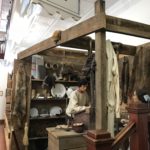
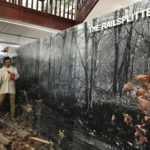
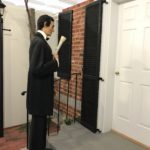




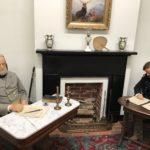



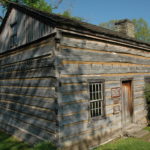
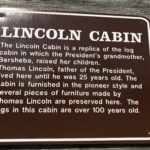
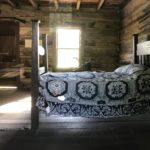



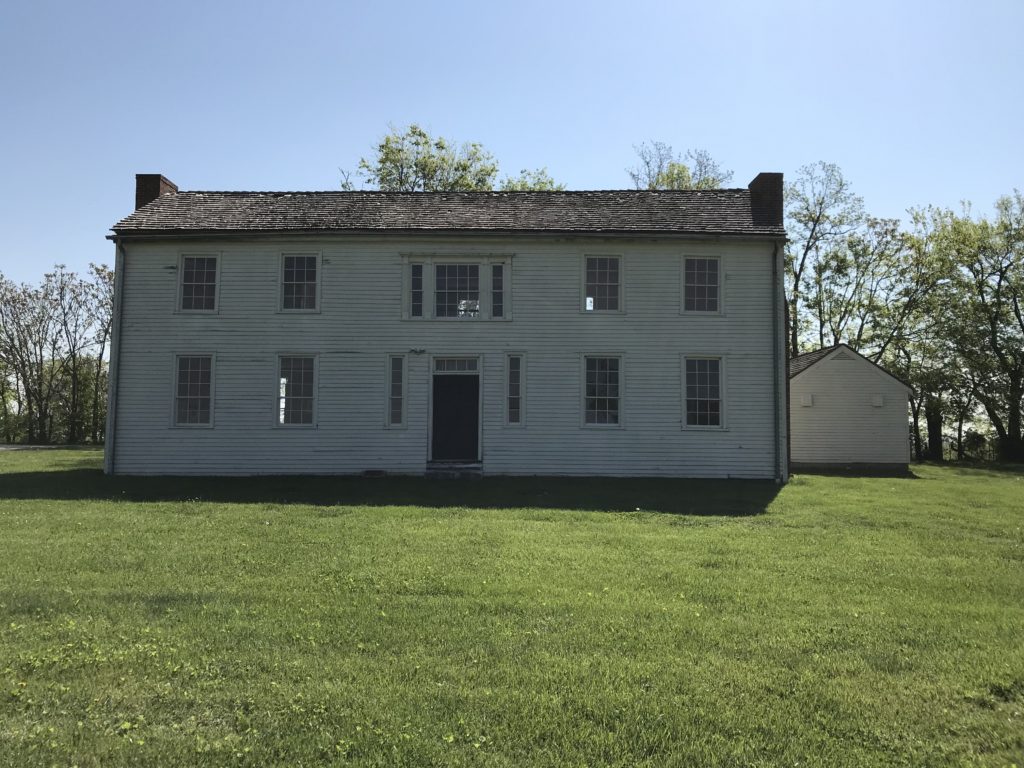
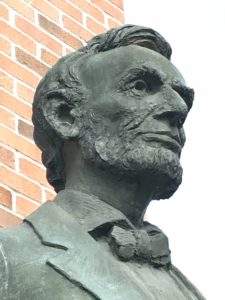 Everyone knows about the Abraham Lincoln Presidential Library and Museum in Springfield, Illinois, but there is another Abraham Lincoln Library and Museum. This one is in Harrogate, Tennessee in the campus of Lincoln Memorial University. And I spent the day there. It was an incredible experience.
Everyone knows about the Abraham Lincoln Presidential Library and Museum in Springfield, Illinois, but there is another Abraham Lincoln Library and Museum. This one is in Harrogate, Tennessee in the campus of Lincoln Memorial University. And I spent the day there. It was an incredible experience.








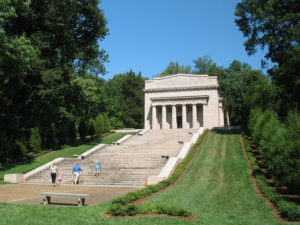 In mid
In mid 






